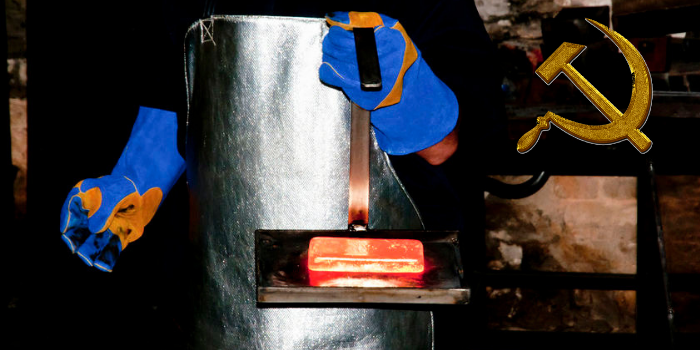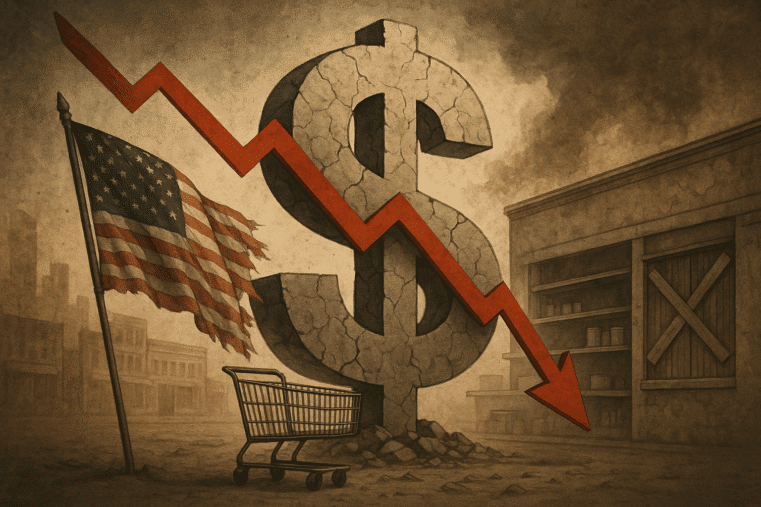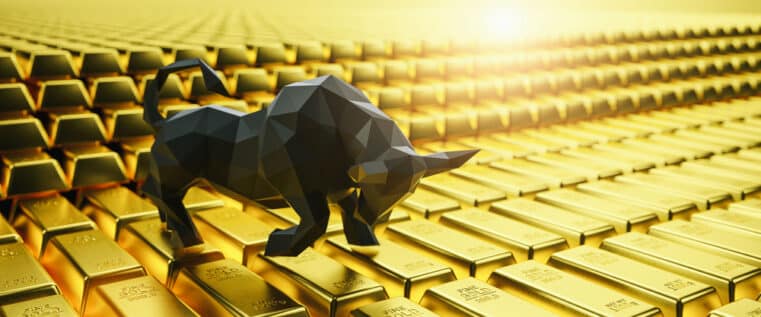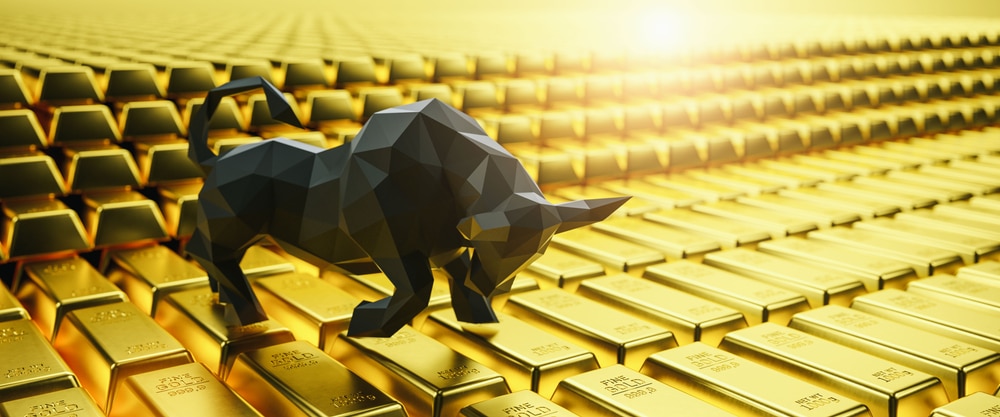
Russia’s Parliament Debates Replacing the US Dollar with Russian Gold
On January 21, Alexander Afanasiev, CEO of the Moscow Exchange (MOEX), addressed the Lower House of the Russian parliament suggesting that the US dollar should be replaced by gold mined and produced in Russia:
“Let’s offer an alternative to the US dollar in the form of Russian gold, which we produce… investment gold.”
He continued, stating that “super-conservative investors” who purchase dollars and store them “under the pillow,” are making an unsafe choice in light the alternative: gold, which Afanasiev argues is a much more suitable and safer form of conservative investment.
As investment activity in Russia has increased, according to the MOEX chief, efforts to replace the dollar with gold would align with the “surprisingly rational” mindset of most Russian investors.
This suggestion did not fly without some degree of criticism and push-back. Property Capital Management’s metals and mining director, Nikolai Sosnovsky, responded the following day, stating “inconvenience” as a major caveat: “Gold does not have liquidity of the dollar. As practice shows, settlements in it are inconvenient for individuals.”
At the core of his argument is the fact that Russia does not have normalized instruments for precious metals investments nor does it have VAT (value-added-tax) for gold.
We can summarize these contrasting positions in the following way:
- MOEX Chief Afanasiev has a forward-looking view toward dollar independence, a view shared not only by Russia but also China and several of its trading partners.
- Property Capital Management’s Sosnovsky’s view is highly localized and limited to the present; one in which the current situation and protocols--particularly in regards to government taxation-- define what the future should look like.
How might we Americans view this exchange?
Not only is the MOEX Chief’s outlook far from unrealistic, but it’s also at the center of a meticulously-planned strategy that both China and Russia are already implementing.
The Russian parliament might disagree with the timing of Afanasiev’s suggestion, but his suggestion doesn’t add to anything new to what Russia has already been implementing over the last few years.
Sosnovsky’s myopic response brings up an issue that, despite the efforts it may take to resolve, are merely temporary. If Russia sees fit to tax gold, then so be it. If Russia wants to standardize the use of gold, then it may take considerable efforts and costs to make the switch. But backing the Ruble with gold (or introducing another gold-backed currency such as the soon-to-be gold-backed yuan) is not an impossible task.
What this means is that the strength of the US dollar is slowly fading. It’s power and status being usurped not by the Russian ruble or the Chinese yuan, but by Gold itself.
Russia is currently the third largest gold producer in the world, producing nearly 265 tons of gold between January and October in 2018.
Just last week, Russia became the fifth largest gold holder across the globe, outpacing China.
In addition to its gold production, Russia also bought 8.8 Million troy ounces of gold in 2018.
Russia’s reserves currently stand at nearly 68 Million troy ounces which amount to roughly 2,215 tons.
Is gold’s reckoning on the horizon? It all depends on how this “currency war” unfolds in the shadows of mainstream attention.
Fortunately, gold is something that most investors can access.
And whether these geopolitical monetary maneuvers trigger a drop in dollar strength and/or a rise in gold prices in the near or long term, it just points to the fact that nations across the globe still see gold for what it really is: sound money.
Without gold, neither Russia nor China would have the monetary resources to challenge the US.
Neither nation would attempt to topple the dollar unless they have identified a definitive weak point that could be exploited.
Gold’s intrinsic value represents everything that the dollar lacks. And both nations are betting their entire strategy on this lack.
But this is also something that smart investors and financial institutions have known all along. It’s what accounts for many financial institutions’ gold allocations, even at modest amounts of 10% portfolio exposure.
Perhaps starting with a minimum 10% allocation might be a wise idea.
Not only will such a modest allocation allow you to hedge against market volatility and inflation, but it can also provide growth during times of uncertainty.
And if the dollar does end up tumbling, gold is the only form of sound money that can provide both capital preservation and capital growth at the same time.










